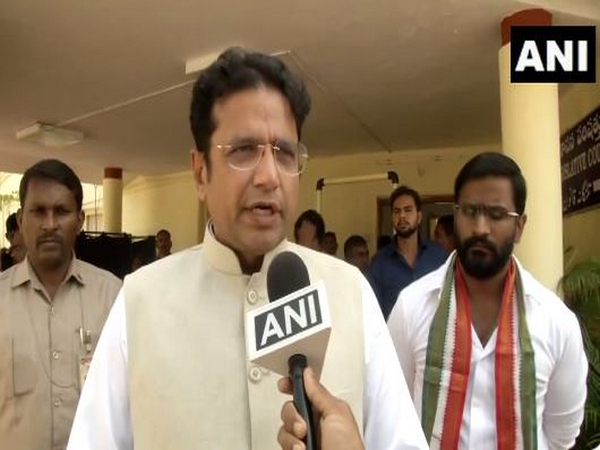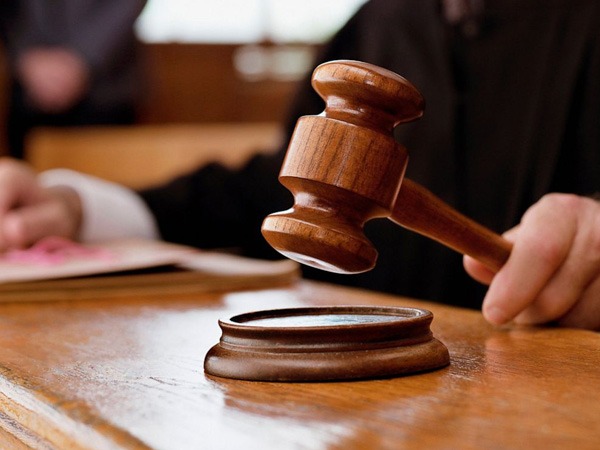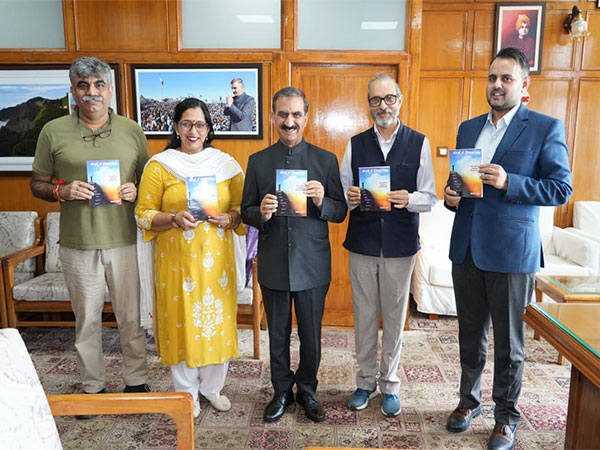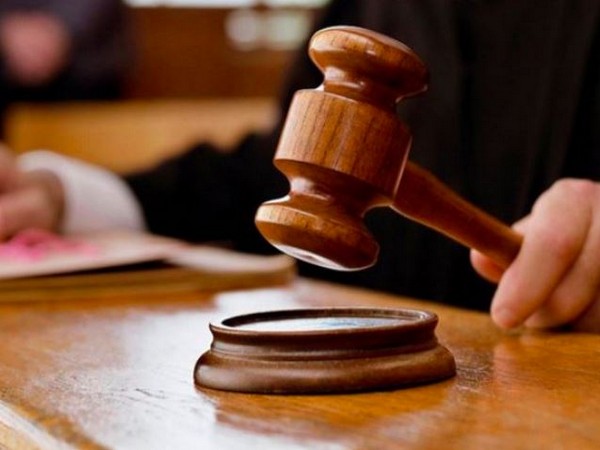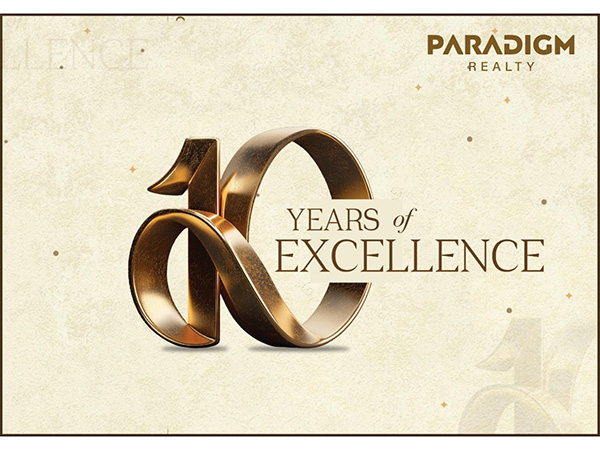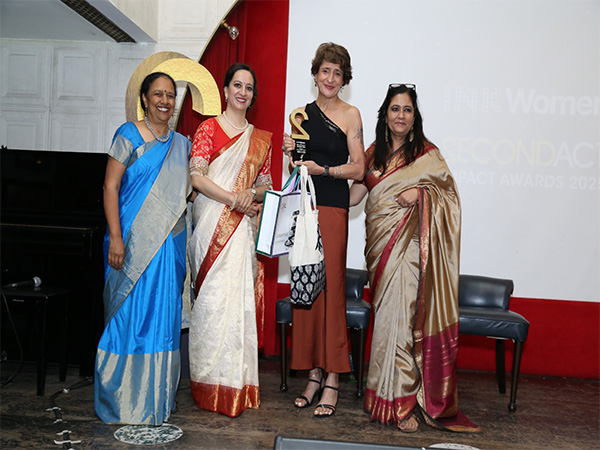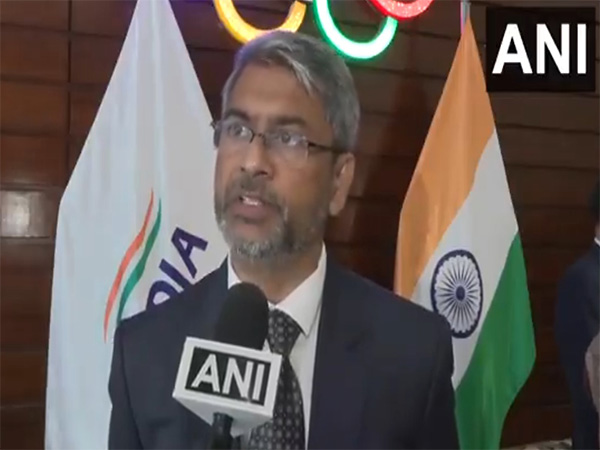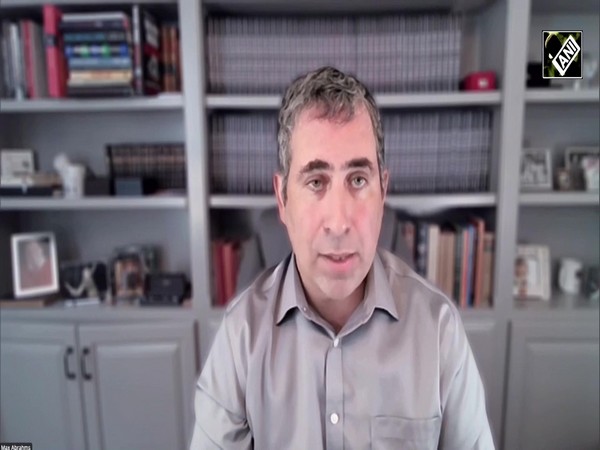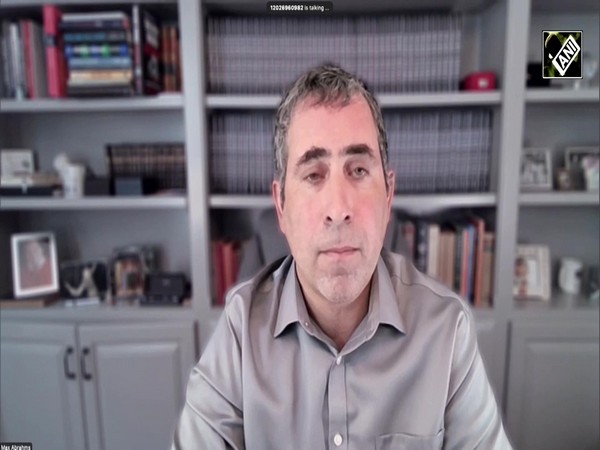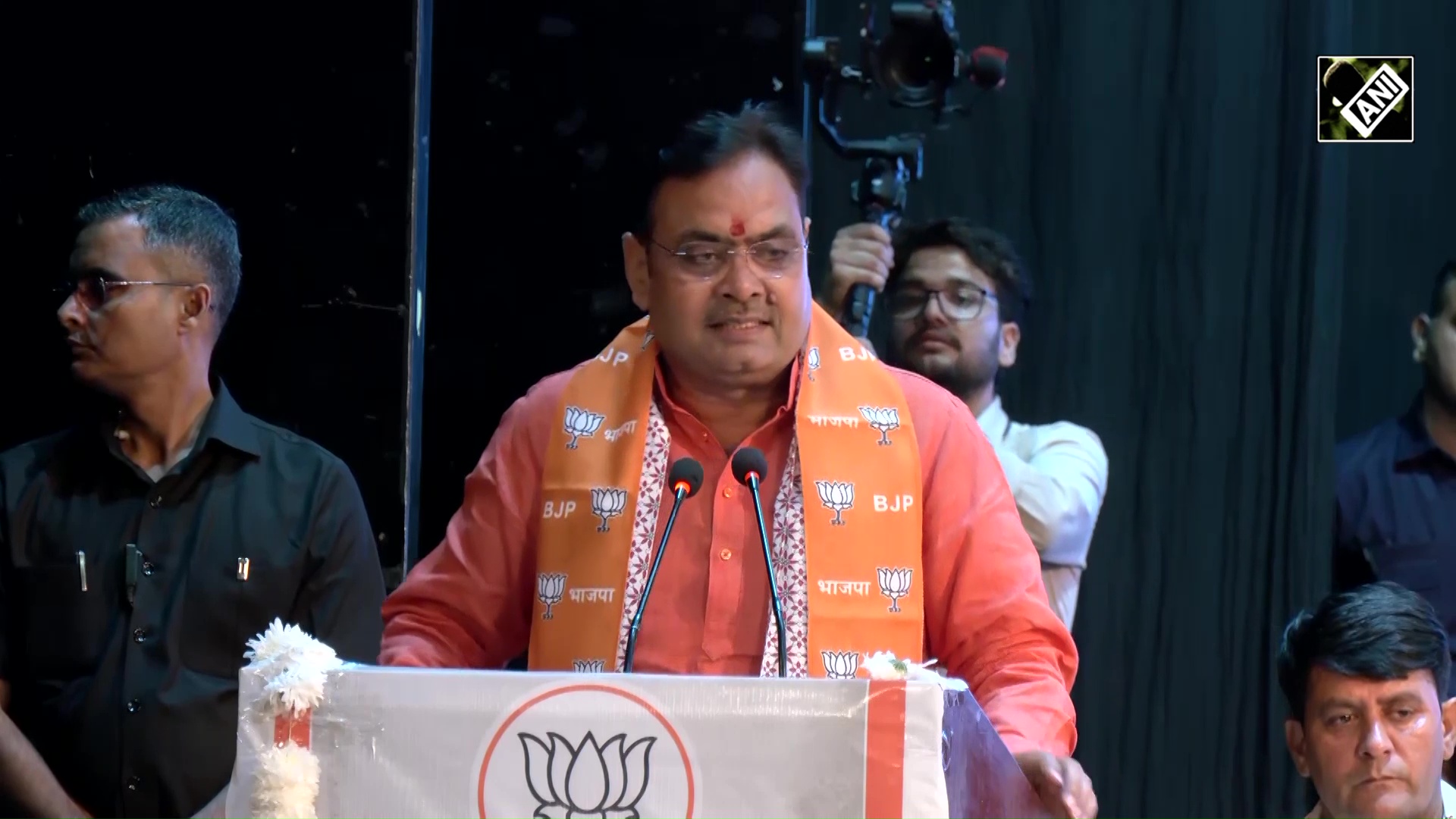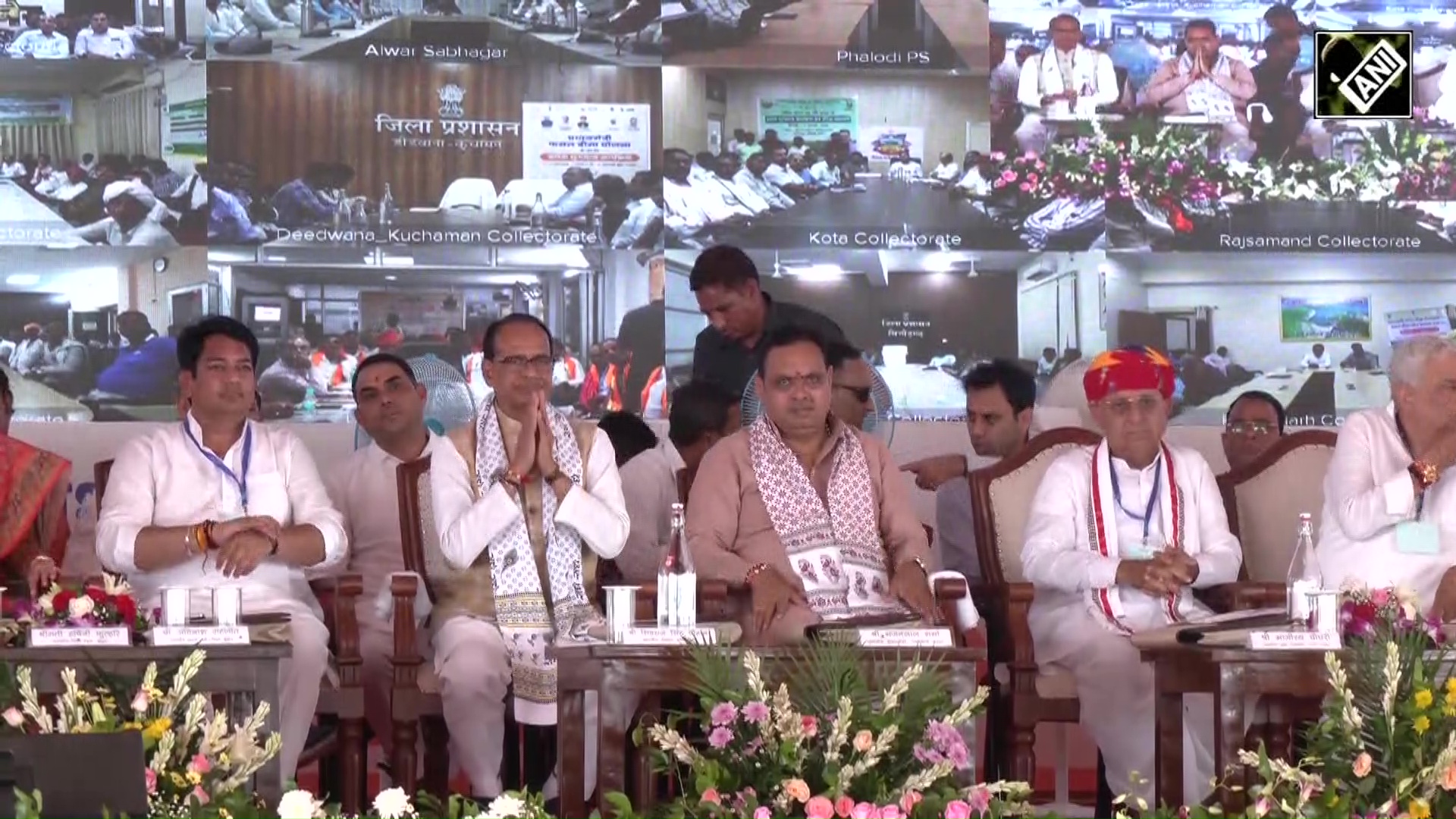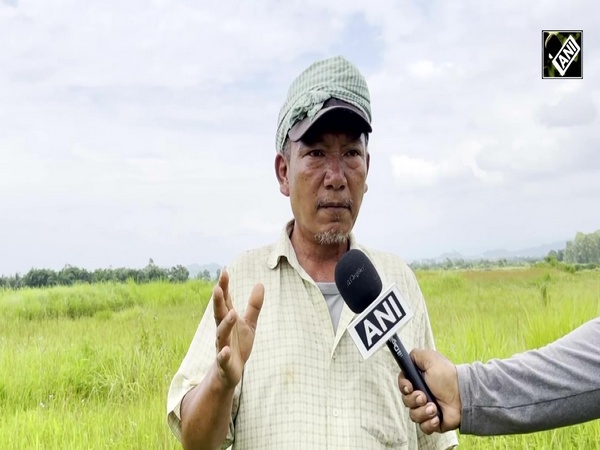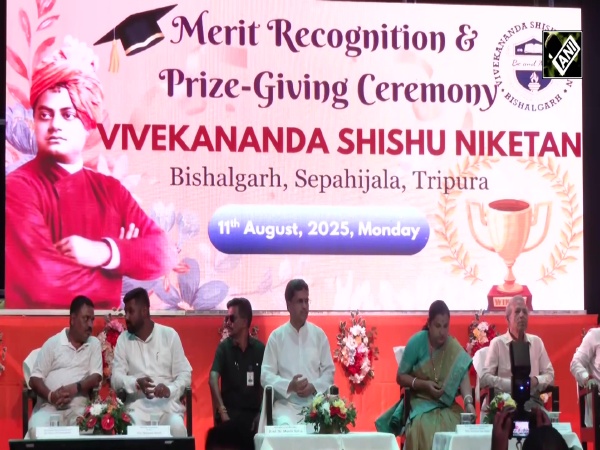Centre defends IT rules amendment in Delhi HC, says fake news led to rumours, deaths of innocent people
Aug 31, 2021

New Delhi [India], August 31 : Centre on Tuesday has submitted before Delhi High Court that consequences of fake and misleading audio-visual news on digital media have in recent past led to deaths of innocent people on false pretexts such as in case of rumours of child-lifters and urged it to dismiss pleas challenging recently amended IT rules (The Information Technology (Guidelines for Intermediaries and Digital Media Ethics Code) Rules, 2021).
Centre, in its affidavit filed before Delhi High Court, submitted that grounds put forth
in the writ petitions challenging the maintainability of the IT Rules, 2021 in terms of the IT Act, 2000 and Article 19 of Constitution of India are fallacious and are not based on facts and it is thus prayed that the Court may be pleased to dismiss Writ Petition.
However, the Centre clarified that the provision for directions to the publisher regarding deletion/modification of the content is in the interest of transparency, and allows the publishers to challenge such orders before the courts of law, thereby acting as a further safeguard in the interest of freedom of speech. With respect to news and current affairs content and online curated content, it is possible that instead of the entire content, a part of the content may be in violation of the Code of Ethics as such cases may include unintentional errors in case of the breaking news report and therefore in such cases, the Centre submitted that blocking of the entire content may appear to be an extreme measure, and deletion or modification of a part thereof is relatively more reasonable.
"That it is submitted that Part III of the Information Technology (Intermediary Guidelines and Digital Media Ethics Code) Rules, 2021 is within the legislative competence of the Ministry of Electronics and Information Technology to make the subordinate legislation, does not violate any of the Fundamental Rights guaranteed under the Constitution of India, does not violate any provision of the Constitution of India, conforms to the Information Technology Act and does not violate any of the provisions of the Act, does not violate any other Act of the Parliament, provides for sufficient safeguards to be reasonable for the publishers, and is limited to the objects sought to be achieved by the Legislature through the Information Technology Act, " Centre says in its affidavit filed by advocate Kirtiman Singh.
The affidavit also highlighted the impact of news content on the minds of the viewer as compared to the fictional content of films.
Centre said the news content deals with the presentation of real-world instances which can be more intimately related to by the audience.
"The persuasive effect of content, when presented in the form of news, is several-fold higher than when it is in the form of a fictional film. Therefore, even greater care may be required in case of handling the sensitive news content, " the affidavit said.
"The consequences of fake and misleading audio-visual news on digital media has in the recent past led to deaths of innocent people on false pretexts such as in the case of rumours of child-lifters, loss of lives of innocent migrant workers during the pandemic induced lockdown, risk of social strife and communal tensions in the society due to sensationalist reportage of religious congregations in the context of the pandemic, etc, " said the affidavit.
Therefore, the government submitted that the standards for testing audio-visual news content on the touchstone of the right to freedom of speech and expression may be different from those for other forms of free speech. The rules only empower the audience to bring to the notice of the publishers such content which may be violative of the Code of Ethics. Even in such situations, any consequent action is possible only under stringent grounds and as per the established procedure.
Hence, the Centre submitted that the Programme Code under Cable TV Networks Act is specific enough to pass muster under the test of reasonableness.
In the defending amendment, the government said that IT Rules seek to prevent the misuse of the freedom of the press by empowering the audience with a mechanism to raise their grievances related to the content being published by the digital news publishers through a grievance redressal mechanism with an emphasis on the self-regulatory architecture for digital news publishers.
The Centre clarified that the IT Rules, 2021 contain no provision for monitoring of the content of the digital media publishers by the Government or any other body.
The institutional framework established through Part III deals with publicly published content and therefore, the question of surveillance does not arise. In this regard, there is no control of the Government of the day over the content published by the news media, the government said.
The government clarified that in the spirit of the recommendation from the Supreme Court, and while considering the unique nature of digital media, the IT Rules establish a formal mechanism for complaint redressal related to content published on digital media and application of similar norms to digital news publishers neither impacts the freedom of speech and expression of the publishers, nor the right to know of the audience.
The Delhi High Court is dealing with various petitions on several digital news platforms including Quint, The Wire and others challenging the newly enforced Information Technology Rules, 2021.
The petition of theThe Wire news portal had challenged the vires of The Information Technology (Guidelines for Intermediaries and Digital Media Ethics Code) Rules, 2021, which were notified by the Central Government.
The newly notified rules, regulate the functioning of online media portals and publishers, over-the-top (OTT platforms), and social media intermediaries. The plea has been moved by the Foundation of Independent Journalism. The Foundation for Independent Journalism is an organisation that publishes "The Wires" a digital news website.
